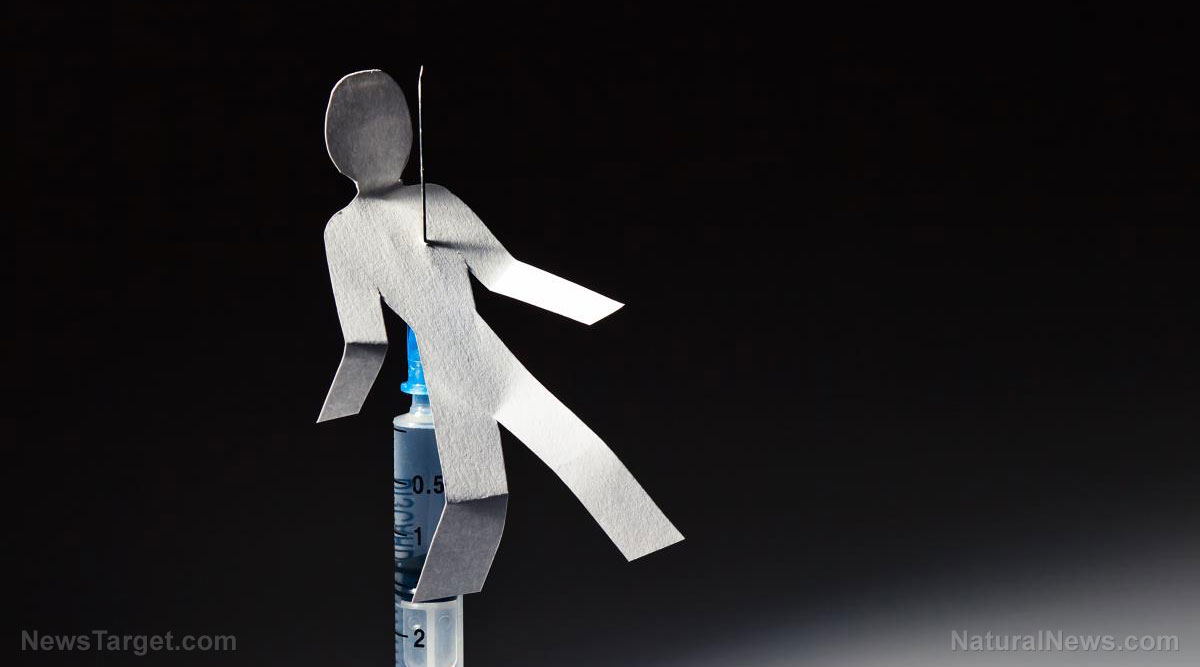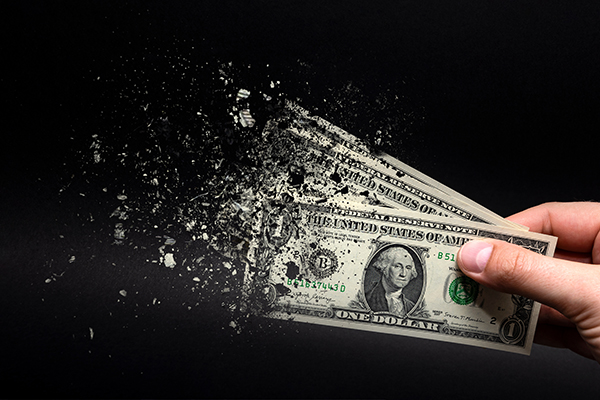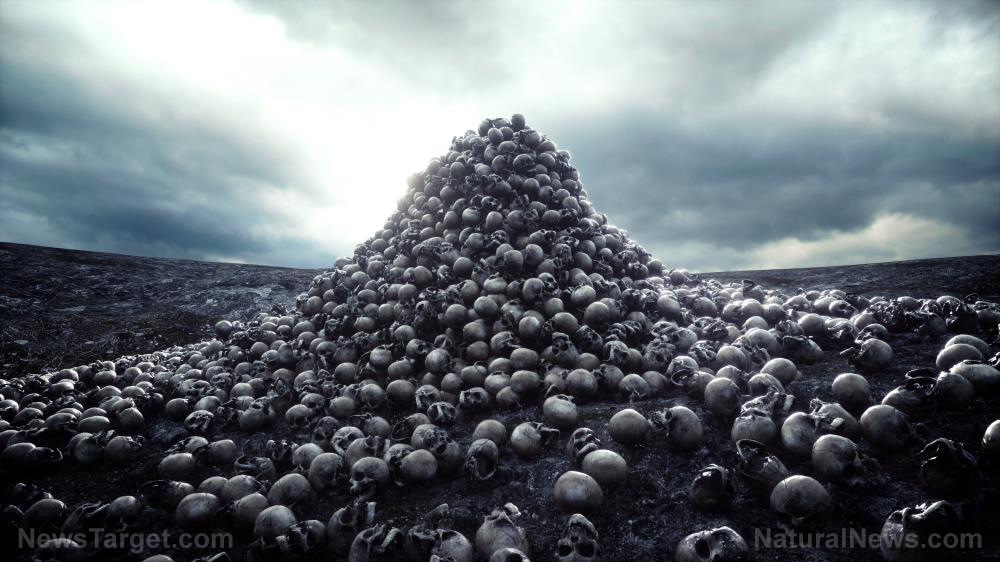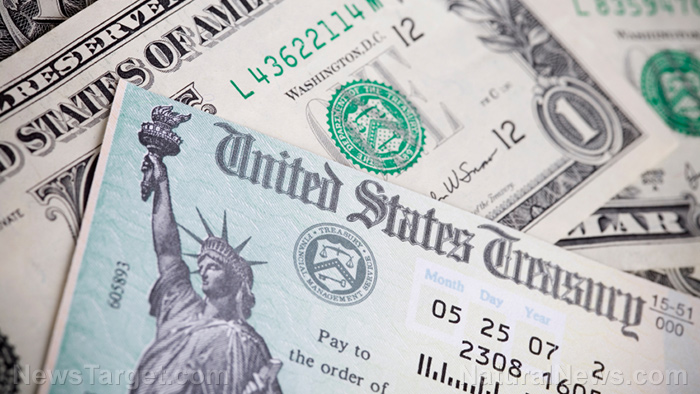
The value of farmland in Nebraska has hit historic levels, rising 16 percent from last year to reach a statewide average of $3,360 an acre, a new survey shows.
Across the state, center pivot-irrigated cropland values increased by 17 percent, while the market values of dryland cropland rose by 15 to 19 percent and those of hayland and grazing land grew by 10 to 13 percent.
Meanwhile, cash rents for irrigated cropland and dryland averaged 10 to 15 percent higher, while the rental rates of grazing land and cow-calf pair rose six to eight percent over last year. Survey respondents identified crop prices as a major factor behind the growth in rental rates.
When broken down by region, farmland in the northeastern part of the state saw the biggest rise, coming in 21 percent higher than 2021 at $6,950 per acre. This was followed by the east, where farmland prices rose 19 percent to $8,110 an acre on average, and the southeast, where a 16 percent rise to $6,070 was noted.
Both the South and Northwest saw rises of 15 percent, while the Southwest, Central and North regions saw rises of 13, 12 and 11 percent respectively.
This is according to preliminary findings in the University of Nebraska-Lincoln 2022 Farm Real Estate Market Survey, which noted that historically low interest rates and higher commodity prices are behind the strong real estate sales market there. Some people are reportedly buying land as a hedge against economic uncertainty and inflation.
The rise in the market value of Nebraska agricultural land recorded this year is the biggest one in the state since 2014, and the new number is the highest non-inflation-adjusted statewide land value in the survey's 43-year history.
As commodity prices continue to increase, the researchers are positive about the prospects for 2022, although they do point out that increasing input expenses and drought concerns could come into play.
"Investors and operators acquired land as a hedge against changes to policy and economic uncertainty. Overseas conflict leading to input shortages and higher expenses remains a challenge for navigating 2022. Favorable financial positions, lending terms and stability of land as an investment, created a competitive real estate marketing across Nebraska," the report noted.
The survey also revealed a renewed use of 1031 exchanges in light of proposals to change the way capital gains taxes are assessed. The 1031 exchanges allow taxpayers to avoid having to pay capital gains taxes when selling an investment property if the proceeds are invested in a similar type of property of equal or greater value.
The report stated: "Uncertainty posed by investment taxation and inflation bolstered the use of 1031 exchanges when moving capital between assets."
The annual survey includes land industry professionals, such as farm and ranch managers, agriculture bankers and appraisers.
An uncertain future
It is difficult to assess the situation thoroughly without adjusting for inflation, but the Kansas City Federal Reserve Bank reported last month that the value of all farmland in the 10th District, which includes Nebraska, was up more than 20 percent over a year ago thanks to low interest rates, improved conditions in the farm economy and strong demand. They noted that the value of non-irrigated cropland remained at record levels even after adjusting for inflation.
However, farmers in Nebraska and elsewhere in the country are worried about how Russia's invasion of Ukraine will impact their costs, with fuel prices already rising and further fertilizer price increases expected on top of the record-high prices that were already being seen before the conflict.
The conflict may initially appear to be positive for farmers who grow crops like corn and wheat that Ukraine may not be able to produce for the foreseeable future, but other economic effects of the invasion could lead to lower profits.
Although grain prices are good right now, farmers note that the prices could easily fall while their input costs remain the same or grow even higher, putting farmers in a very bad position. They also note that consumers will likely end up bearing many of these costs at the grocery store.
Sources include:
Please contact us for more information.

















